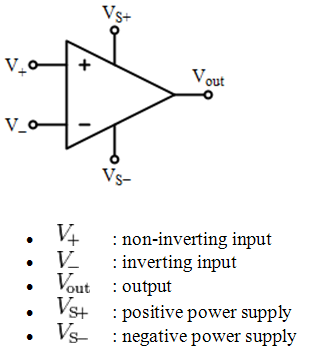Introduction to Operational Amplifiers with LTSpice
Introduction
If you haven't already been through the Getting Started with LTSpice guide, you should definitely wait as an update to the audio quality is desperately needed. For those of you who watched it and finished it - bless you. I'd thought I'd kill two birds with one stone here and continue the LTSpice tutorial with an introduction to operational amplifiers -- or op amp for short. We will be covering just the basics here - what are op amps, some common configurations, and a couple examples - and we'll end with a nice, simple project to hopefully get you inspired to work with analog circuits a bit more.
To get started, download the schematics, symbols and simulations by clicking the button below.
Introduction to Operational Amplifiers
An op amp is a voltage amplifying device. With the help of some external components, an op amp, which is an active circuit element, can perform mathematical operations such as addition, subtraction, multiplication, division, differentiation and integration. If we look at a general op amp package (innards to come in a later tutorial) such as the ubiquitous 741, we'll notice a standard 8-pin DIP (dual in-line package):
We are mainly concerned with five of the pins. The circuit symbol for an op amp is a triangle with five pins shown below.
An op amp has a wide range of uses and, depending how each pin is connected, the resulting circuit can be some of the following (this is by no means a comprehensive list):
- Comparator
- An Inverting Amplifier such as a summing amplifier
- A Non-Inverting Amplifier such as a voltage follower
- Difference Amplifier
- Differentiator or Integrator
- Filter
- Peak Detector
- Analog-to-Digital Converter
- Oscillator
Throughout this tutorial I will show you how to measure typical op amp characteristics such as gain, bandwidth, error, slew-rate, current draw, output swing and other characteristics found on device data sheets.

